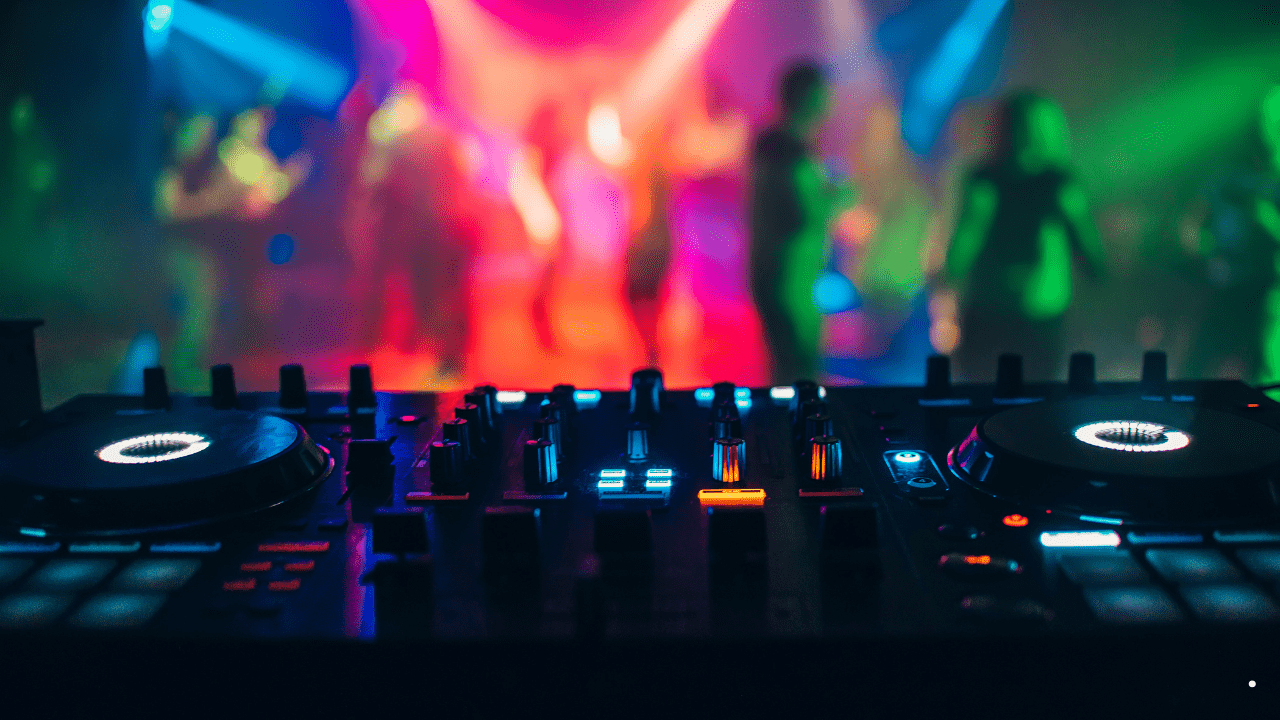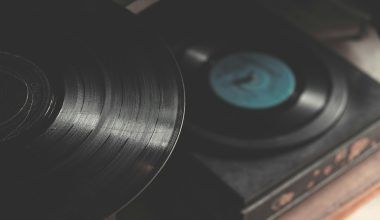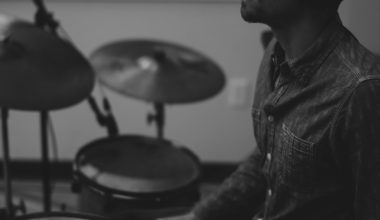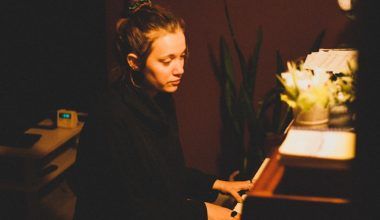The music world is incomplete without DJs. From electrifying parties to soothing radio shows, DJs set the mood and create memorable experiences. But have you ever wondered about the full form of DJ sound? DJ stands for Disc Jockey, a term that has evolved over the decades, shaping the music and entertainment industry as we know it.
In this blog, we’ll explore the full form of DJ, its history, functions, and how DJs continue to revolutionize the world of sound.
What is the Full Form of DJ Sound?
The full form of DJ sound is Disc Jockey. Let’s break it down:
- Disc refers to the vinyl records or discs that were originally used to play music.
- Jockey means someone who operates or controls something.
A DJ, therefore, is someone who selects, mixes, and plays recorded music for an audience.
The Evolution of Disc Jockeys
The term “Disc Jockey” was first used in the 1930s when radio personalities began playing music for listeners. Over time, the role expanded from playing records on the radio to creating live music experiences at clubs, festivals, and private events.
Key Milestones in DJ History:
- 1930s: The first radio DJs emerged, selecting and playing popular songs for listeners.
- 1943: The first DJ dance party was hosted by Jimmy Savile in the UK.
- 1970s: The birth of hip-hop saw DJs like Kool Herc using turntables to mix beats.
- 1980s: The rise of electronic music gave DJs a central role in nightclubs.
- 2000s-Present: DJs have become global superstars, headlining festivals and dominating music charts.
Types of DJs
DJs specialize in different areas depending on their audience and purpose. Here are the main types:
1. Radio DJs
These DJs play music on radio stations, entertaining listeners with curated playlists, commentary, and interviews.
2. Club DJs
Club DJs create live mixes for nightclubs and parties, keeping the crowd energized with seamless transitions and upbeat tracks.
3. Mobile DJs
Mobile DJs perform at weddings, corporate events, and private parties, bringing their equipment to the venue.
4. Turntablists
Also known as scratch DJs, these performers use turntables as instruments, creating unique sounds and effects.
5. Festival DJs
These are the superstar DJs who headline major music festivals like Tomorrowland and Coachella. They often produce their own music and remixes.
Tools and Techniques of a DJ
Understanding the full form of DJ sound isn’t complete without exploring the tools and techniques they use.
Essential DJ Equipment:
- Turntables: For playing vinyl records.
- Mixers: To blend multiple tracks seamlessly.
- Controllers: Modern devices that combine turntables and mixers in one unit.
- Headphones: For monitoring and cueing tracks.
- Speakers and Amplifiers: For delivering powerful sound to the audience.
Popular DJ Techniques:
- Beatmatching: Aligning the beats of two tracks for smooth transitions.
- Scratching: Manipulating vinyl records to create unique sounds.
- Looping: Repeating a section of a track to extend its length.
- Sampling: Incorporating elements from other songs into a mix.
The Impact of DJs on Modern Music
DJs have transformed how we experience music. Their role goes beyond just playing tracks; they create an atmosphere, tell stories through sound, and introduce audiences to new genres.
Contributions to Music Culture:
- Popularizing Genres: DJs have been instrumental in promoting electronic, hip-hop, and dance music.
- Innovation: Techniques like beatmatching and remixing have shaped modern music production.
- Global Influence: DJs like David Guetta, Calvin Harris, and Marshmello have become global icons, bridging cultures through music.
Becoming a DJ: A Step-by-Step Guide
If the world of DJing excites you, here’s how to get started:
Step 1: Understand the Basics
Learn the full form of DJ sound and familiarize yourself with the equipment and techniques.
Step 2: Choose Your Gear
Invest in beginner-friendly equipment like controllers and DJ software.
Step 3: Practice Regularly
Experiment with mixing tracks, beatmatching, and using effects.
Step 4: Build a Music Library
Curate a diverse collection of tracks across genres.
Step 5: Perform Live
Start with small gigs to gain experience and confidence.
Step 6: Promote Yourself
Use social media, streaming platforms, and networking to reach a wider audience.
The Future of DJs
With advancements in technology, the role of DJs continues to evolve. Tools like AI and virtual reality are opening new possibilities for creating and performing music. Despite these changes, the essence of DJing—connecting with an audience through music—remains unchanged.
Conclusion
The full form of DJ sound, Disc Jockey, represents more than just playing music. It embodies creativity, innovation, and the power to bring people together through sound. Whether you’re a fan or aspiring DJ, understanding the history, tools, and impact of DJs adds a new dimension to appreciating their art.
Related Articles:
For further reading, explore these related articles:
For additional resources on music marketing and distribution, visit Deliver My Tune.






